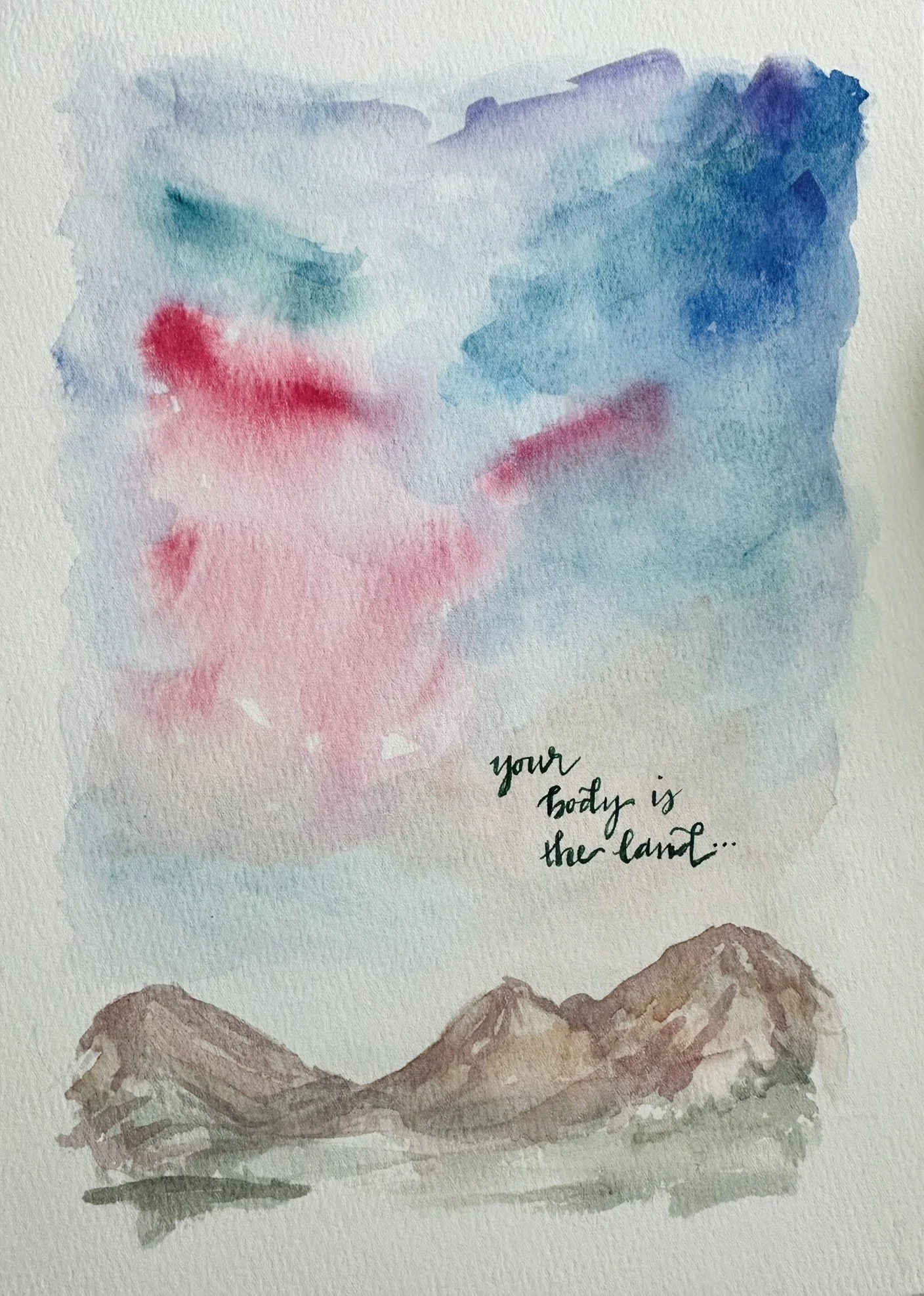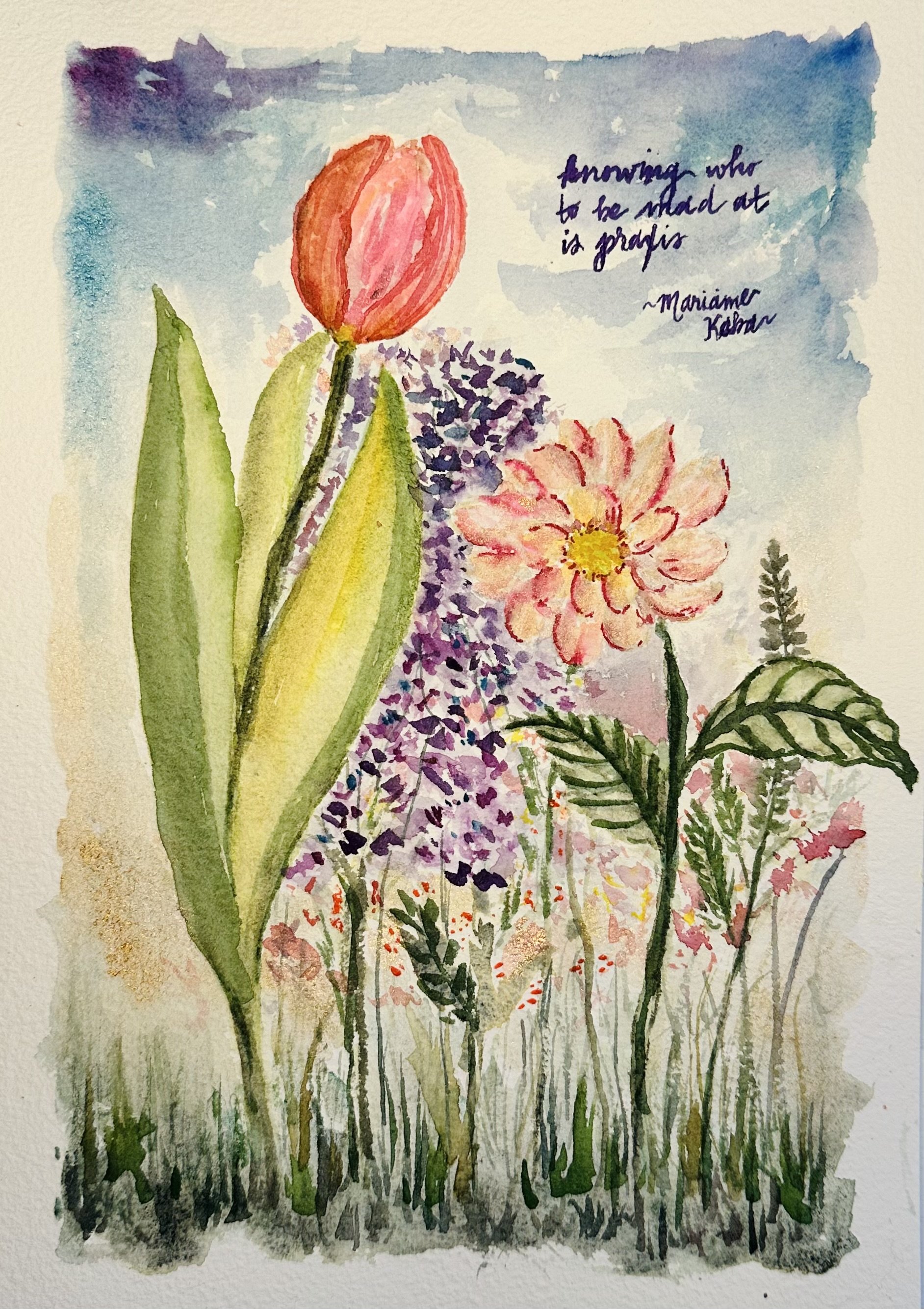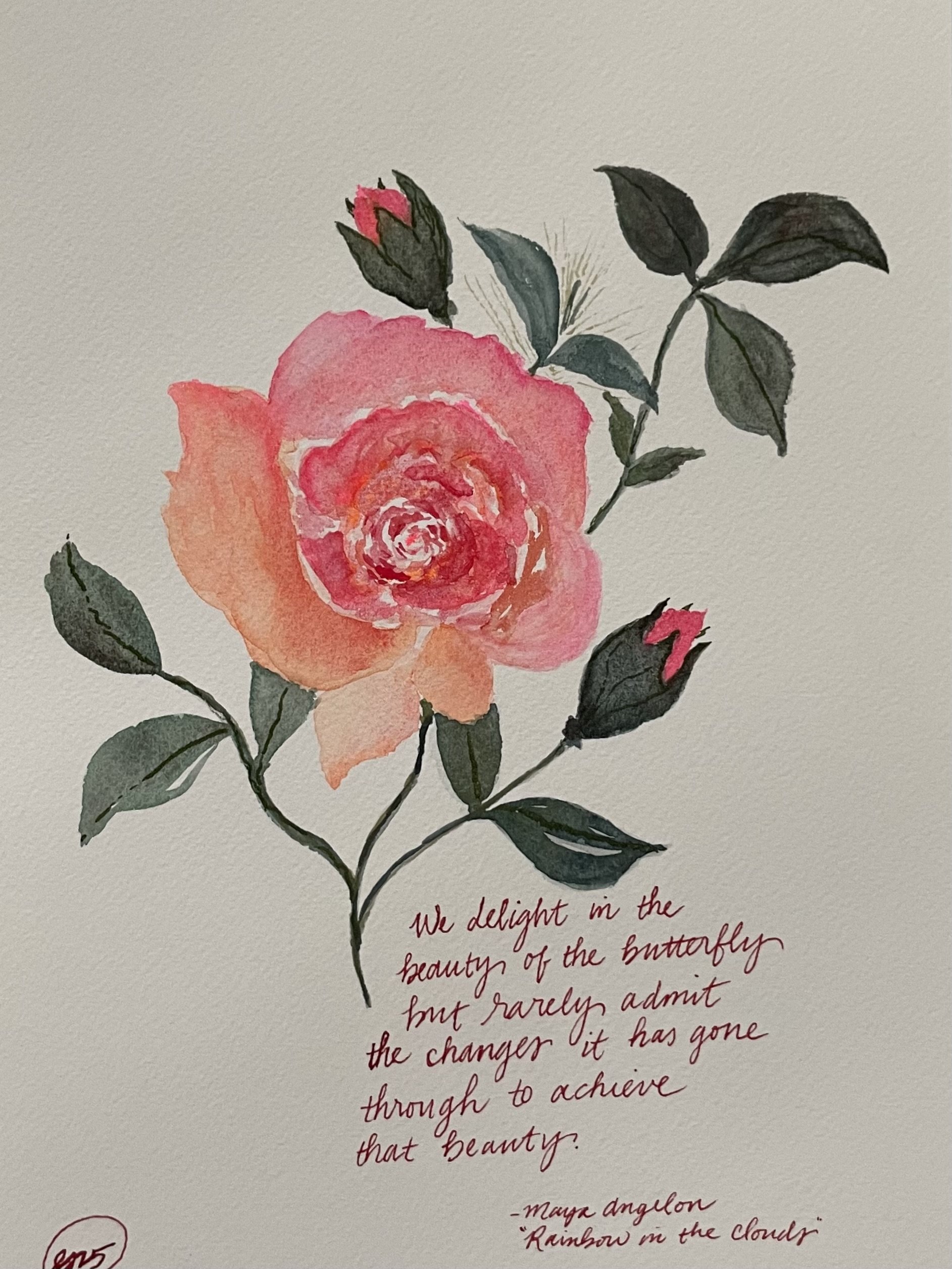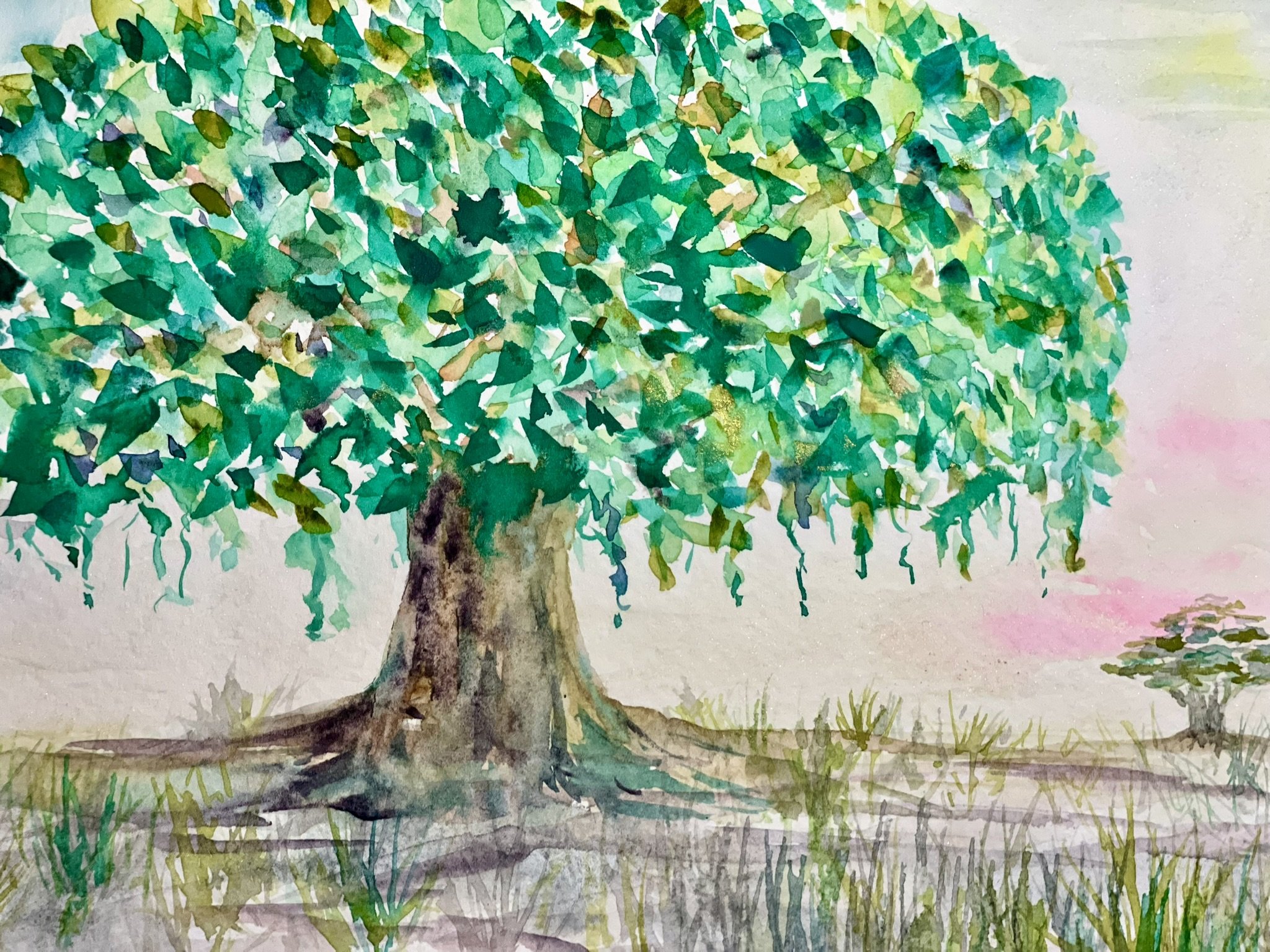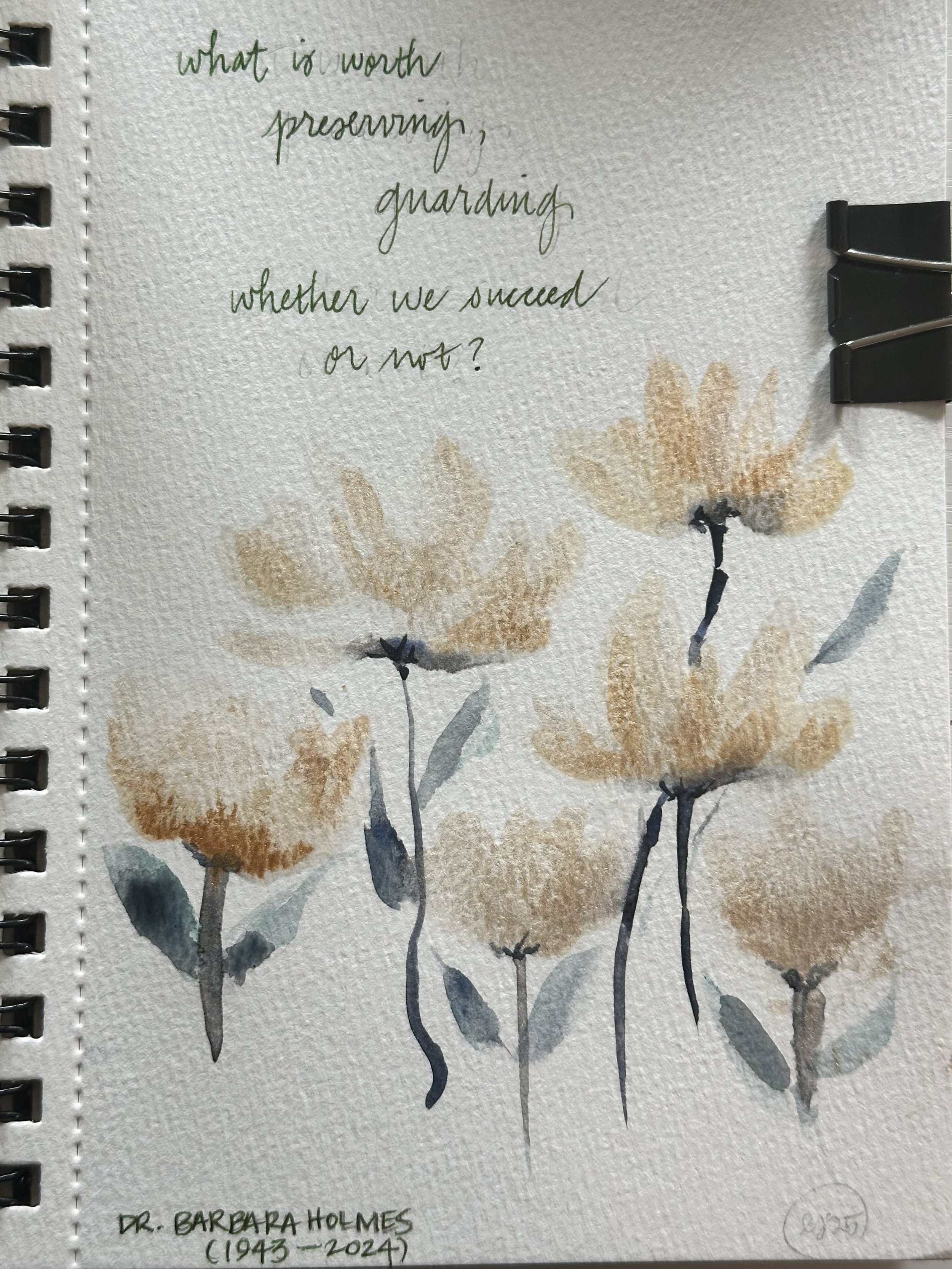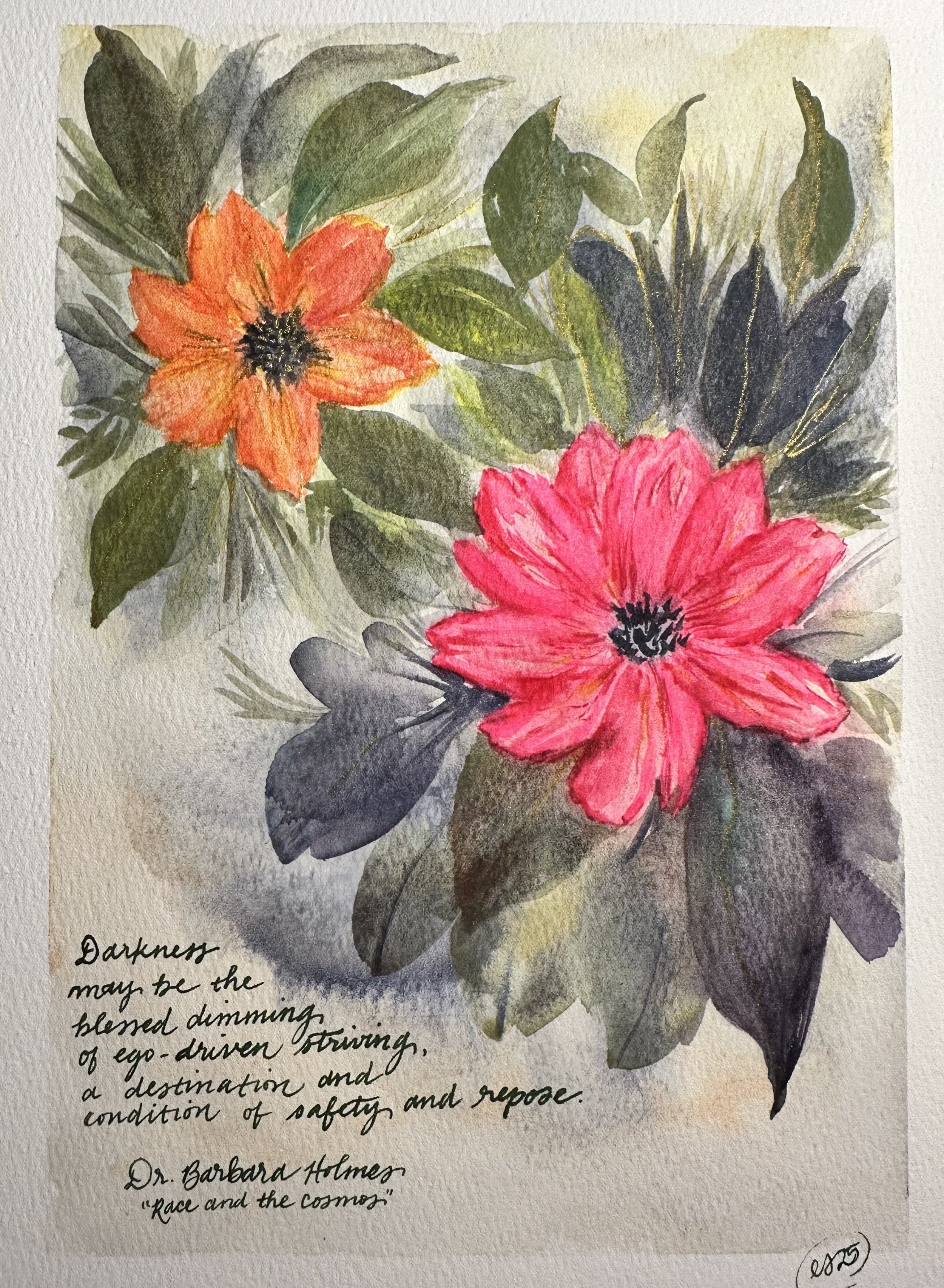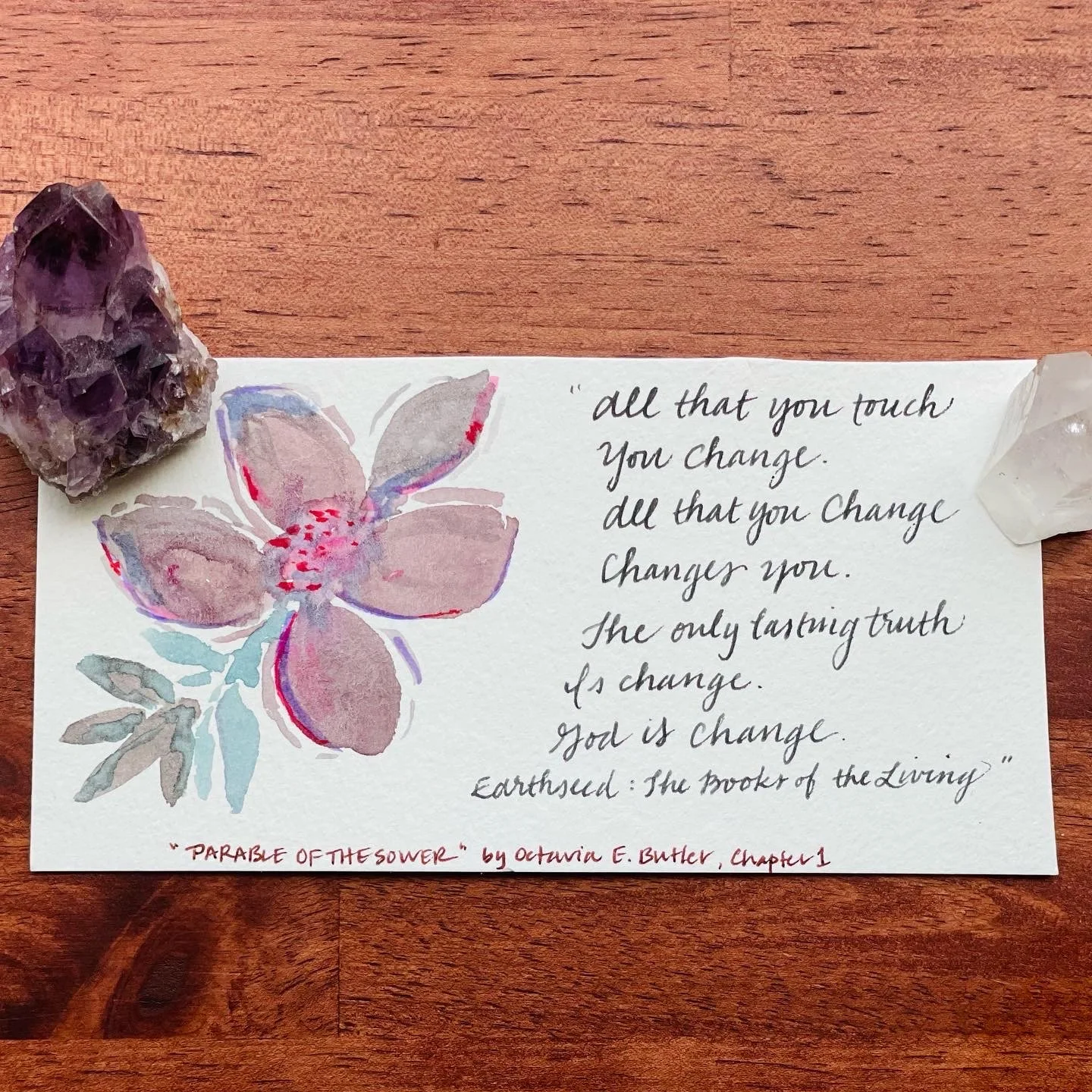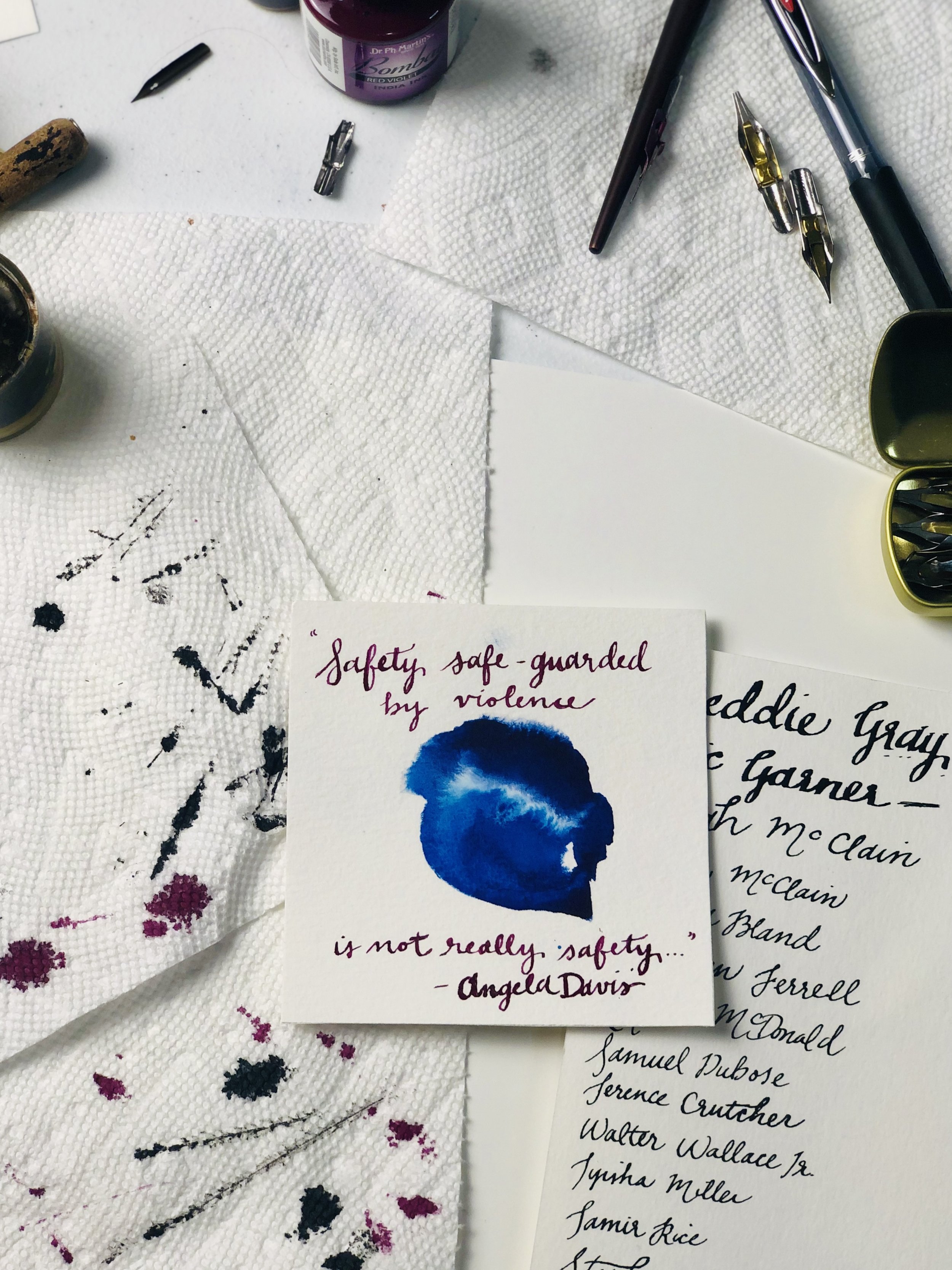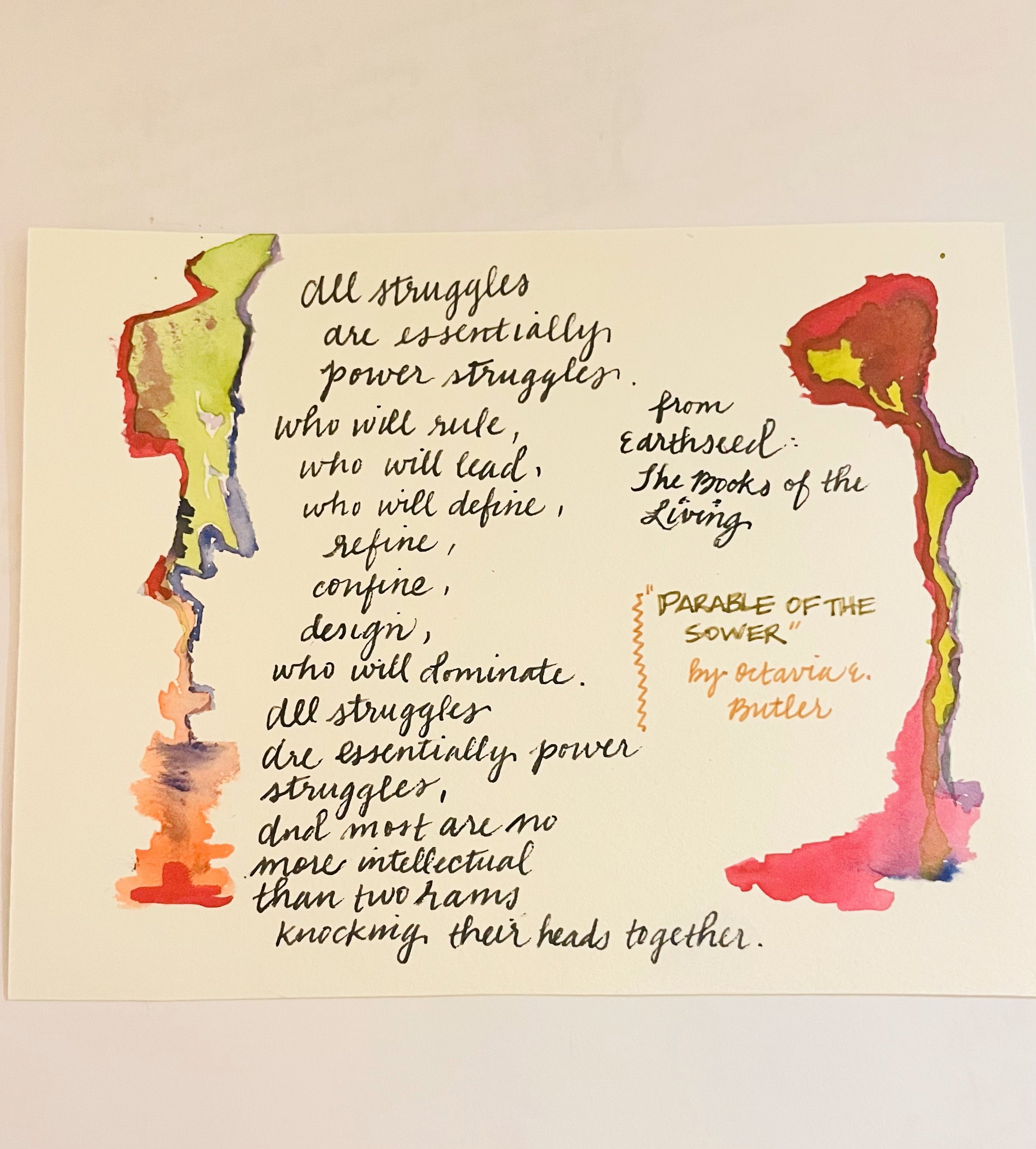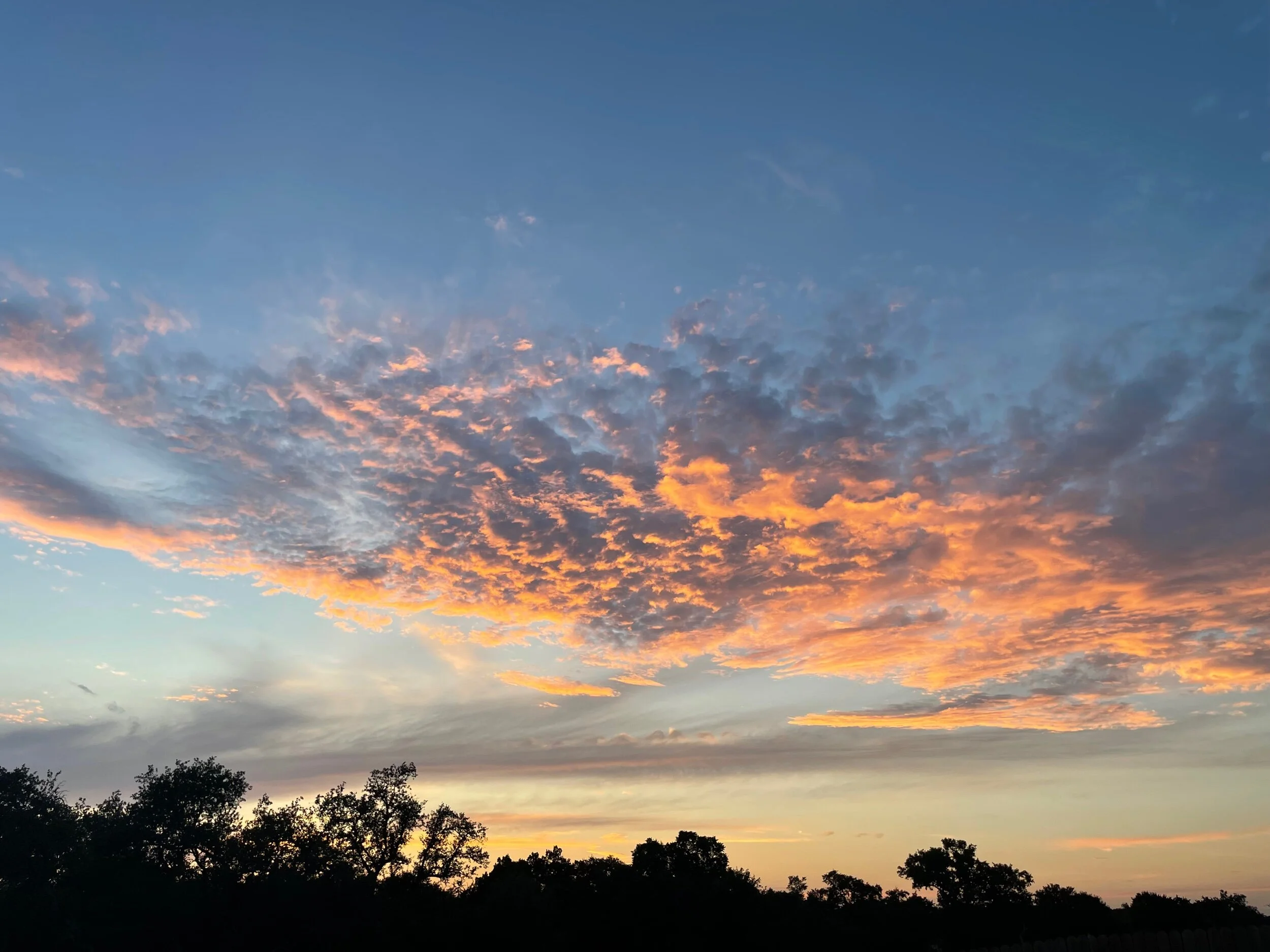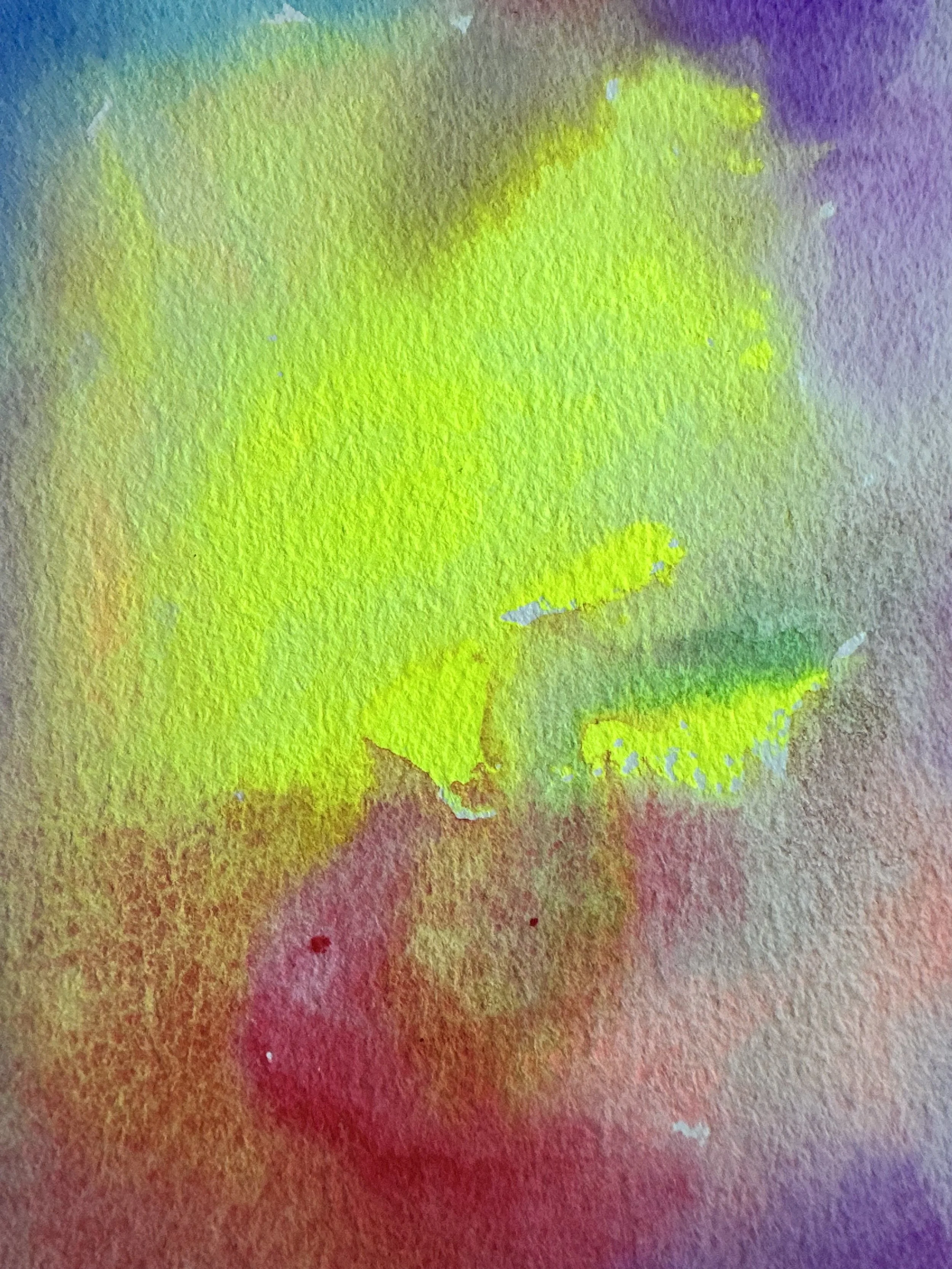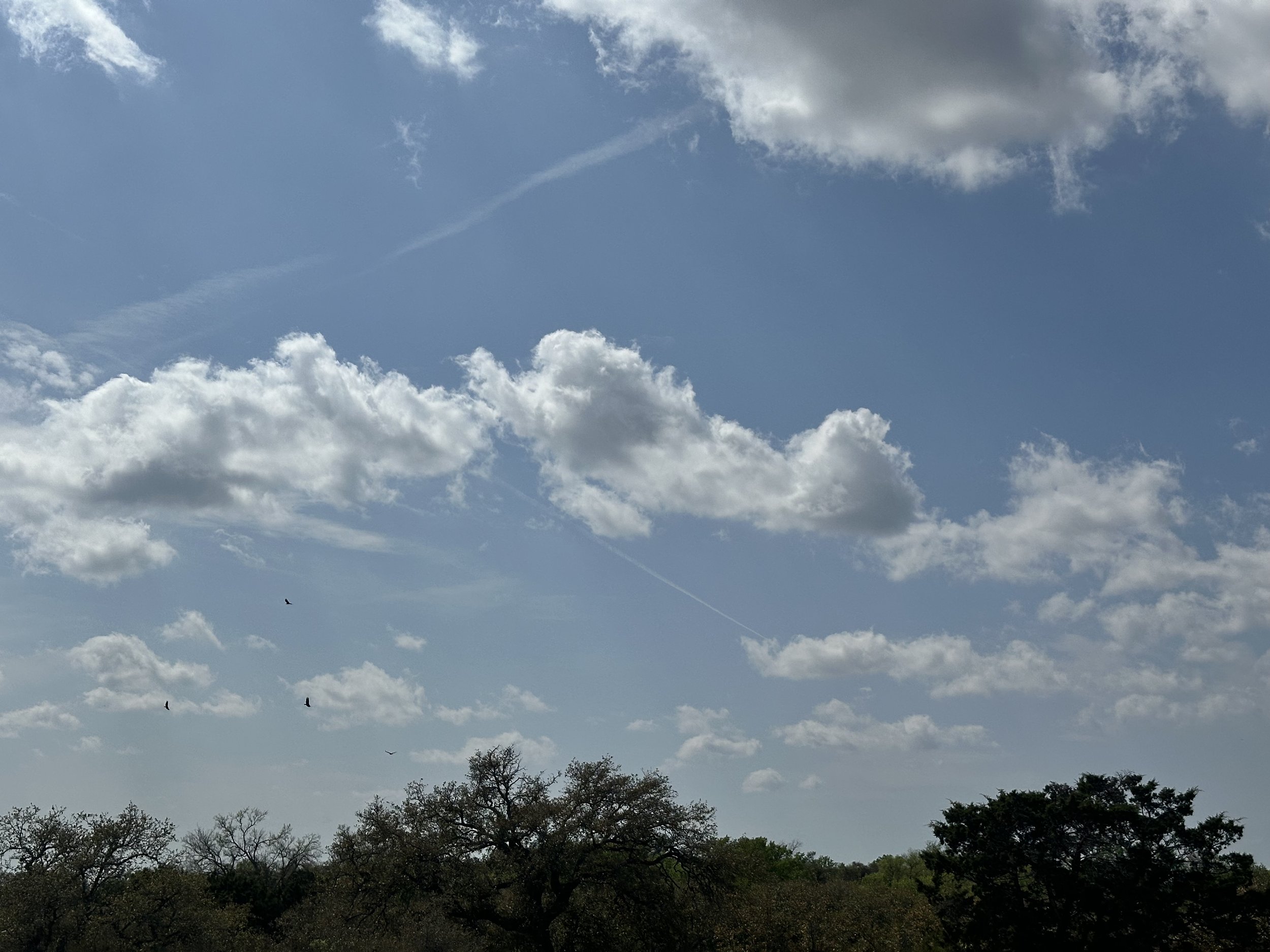
Arts Based Research as Collaborative Practice
Community Discussion hosted by Martha Crawford
accompanying materials, photos & art by Elena Solano
Rescheduled —July 20, 2025
What brings us here…
For so many, especially those who do not identify as artists, art-making has been cut off from collective meaning-making activities.
Arts Based Research creates a space for a collection of subjectivities, for spontaneous visioning and public dreaming, allowing synchronicity, non-linearity and complexity to lead the way.
Relying solely on language in an era where written and verbal communications are so subject to conscription, misperception and intentional distortion has intensified the collective alienation and isolation.
We are also able to find ourselves and each other through art and image.
Arts Based Reseach as a group and collaboration process can de-center colonial communication practices such as argument, persuasion, debate, judgment, case-building, verbal sparring, defining, categorizing and opining.
Arts Based Research as a community practice allows participants to engage in a process that centers rest, silence, reflection, play, self-regulation, amplification, intuition, meaning making, and imagination and image and to hold these functions up as forms of power and ways of knowing.
“The right symbol or name in the right place can break silences and provide new insights.”
“create(v.) to bring into being,” early 15c., from Latin creatus, past participle of creare “to make, bring forth, produce, procreate, beget, cause,”
“What is art? While I personally think art is defined best by its effect rather than its mere existence, I submit collected definitions across a few dictionaries to find more tangible ideas.
art (noun):
The conscious use of the imagination in the production of objects intended to be contemplated or appreciated as beautiful, as in the arrangement of forms, sounds, or words.
Skill that is attained by study, practice, or observation.
Human effort to imitate, supplement, alter, or counteract the work of nature.
A re-creation of reality according to the artist's metaphysical value judgments.”
What is Arts Based Research?
“For people who might not be familiar with arts-based research, it’s a set of methodological tools that adapt the tenets of the creative arts to ask research questions in engaged ways. The arts can be used as the entire method of inquiry or they can be used as one phase of the methodology. So the art form could be used for data generation, analysis, representation, or for all of it—there's a continuum. Some arts-based research mirrors qualitative research in that researchers go out and they collect ethnographic observations or in-depth interviews, generating data in a traditional way to analyze and/or represent it using an art form. Then all the way at the other end of the continuum, you have art as the inquiry—as the process of discovery itself. And I don't think any of these methods are better or worse, I just want to present a range of options.” — An interview with Dr. Patricia Leavy
Arts Based Research (ABR) harnesses and melds the creative impulses and intents between artistic and scientific practice. ABR is a transdisciplinary approach to knowledge building that combines the tenets of the creative arts in research contexts (Leavy, 2009, 2015; McNiff, 2014; Chapter 2, Handbook of Arts-Based Research)
“Research is a messy process; art making is also a messy process.”
Jungian Arts-Based Research:
-uses creativity, imagination, intuition, the body and making things as ways of knowing in the world
-offers a new paradigm beyond the “scientific” and qualitative/quantitative
-invokes invisible, multiple, multicultural, de/colonial realities
-includes the challenges (climatological, social, viral etc.) of our era
-acknowledges the creative process as inherently knowledge generating
-goes beyond the hegemony of subject/object splits in knowledge
-investigates language via the essential communicative, rhetorical and transformative properties of art in any medium
-joins art with “tradition” and existing forms of knowledge
-acknowledges the artist as researcher + art as research
—Susan Rowland
“Visionary art erupts from the collective unconscious with very little conscious intervention.
Visionary art has the capacity to tell us what we do not already know about our society.”
What can be included* in arts-based, symbolic research?
traditional and non-traditional research methods
present moment, historical memory + future visioning
knowns + unknowns (known unknowns and unknown unknowns)
data/material
people + relationships
the arational/nonrational
the scientific
fictions + myths + history
conscious + unconscious processes
sound, music, speech, song
solitude + togetherness
art, color, design + structure
fluidity + flexibility
active imagination
symbols
language
culture
making practices
crafts
dreams of the day or the night
play
creation processes
emotion
intuition
pleasure + joy
pain, doubt, despair
all shapes, sizes, frames, schemas, states, stories
anything else the researcher chooses to include
*this is not an exhaustive list
Discussion prompts:
The shape of our time together:
*Introductions & self-responsiveness
*What is ABR?
*Practice/research time
*An invitation to share findings
*Discussion & collective meaning-making
INTRODUCTIONS:
Feel free to share your name and location in the chat (or come off mute if typing is not accessible for you) + a word or image that describes how you’re arriving to this discussion today
PRACTICE ABR PROMPTS:
Choose a prompt or make up your own prompt:
You’re welcome to respond with image (made or found), language, sound/song, imagination, etc. – prioritize self-responsiveness and your own needs in deciding whether you’d like to share out/what you share.
What is your relationship with art, collaboration and/or research?
What is something that you’re curious about with regard to art, collaboration, and/or research?
What does art/research/collaboration feel like?
What troubles you about art/research/collaboration?
What inspires you with regard to art/research/collaboration?
“Color is a rich companion to my emotional experiences. I find that color moving through water can mirror an emotional experience that won’t be touched with words. I find that shape can express what is needed when words won’t suffice. I also find satisfaction in witnessing a process while transmitting only the bits that matter. ”
